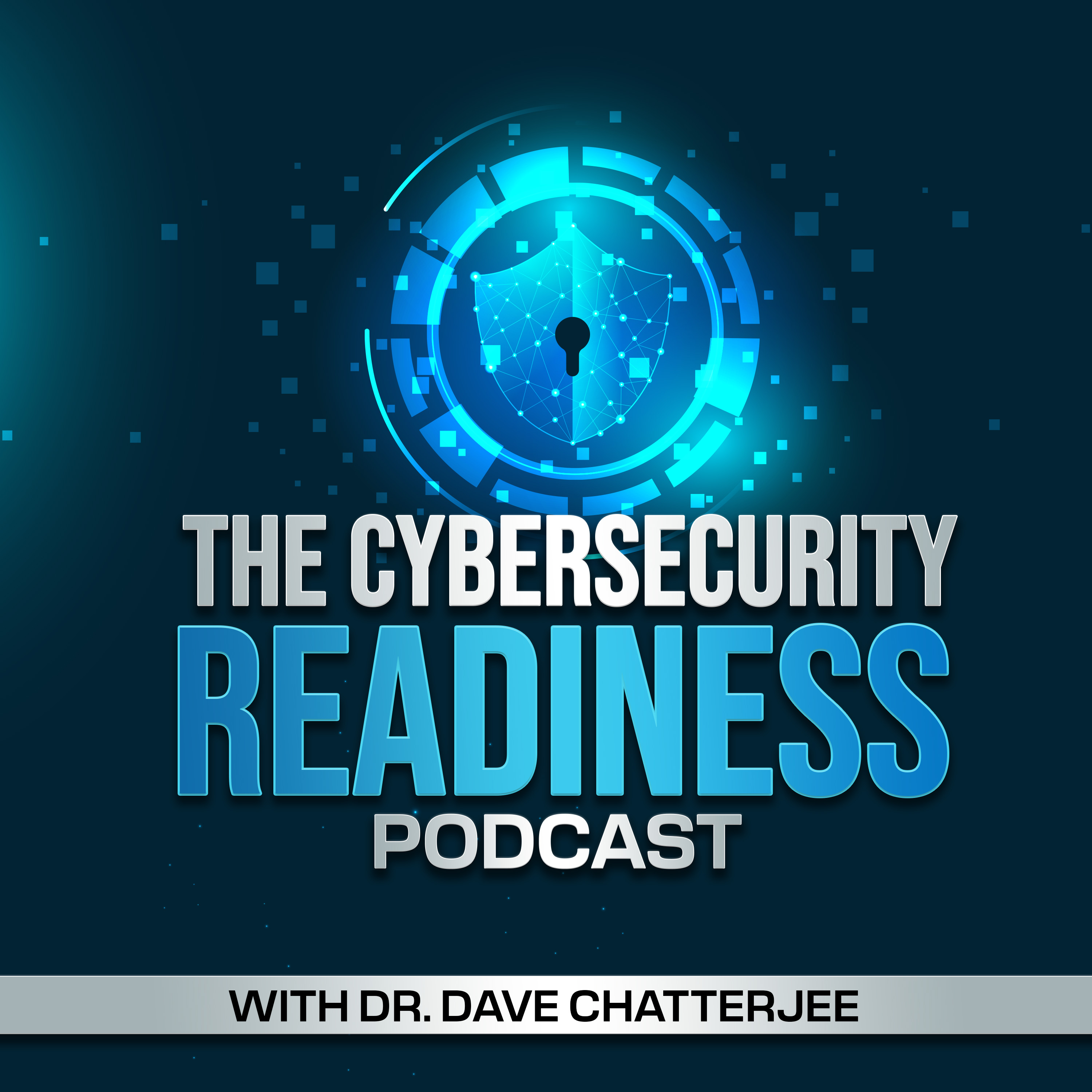Episode 9
Cybersecurity Risk Reduction Tips for Small and Medium-Sized Enterprises (SMEs)
While small and medium-sized enterprises (SMEs) face the same cybersecurity issues as large enterprises, SMEs don’t have the resources to effectively manage those risks. Research reports reveal alarming statistics on the state of cyber readiness of SMEs -- 60% of small businesses that are victims of a cyber attack go out of business within 6 months; 47% of small businesses have no understanding of how to protect themselves against cyber-attacks. Mike Benz, Partner | Fractional CIO at Fortium Partners, provides some useful tips on how SMEs can reduce their cybersecurity risk exposure without spending a fortune. Mike is the primary author of a scholarly publication Calculated Risk? A Cybersecurity Evaluation Tool for SMEs .
To access and download the entire podcast summary with discussion highlights --
Connect with Host Dr. Dave Chatterjee and Subscribe to the Podcast
Please subscribe to the podcast so you don't miss any new episodes! And please leave the show a rating if you like what you hear. New episodes release every two weeks.
Connect with Dr. Chatterjee on these platforms:
LinkedIn: https://www.linkedin.com/in/dchatte/
Website: https://dchatte.com/
Cybersecurity Readiness Book: https://www.amazon.com/Cybersecurity-Readiness-Holistic-High-Performance-Approach/dp/1071837338

